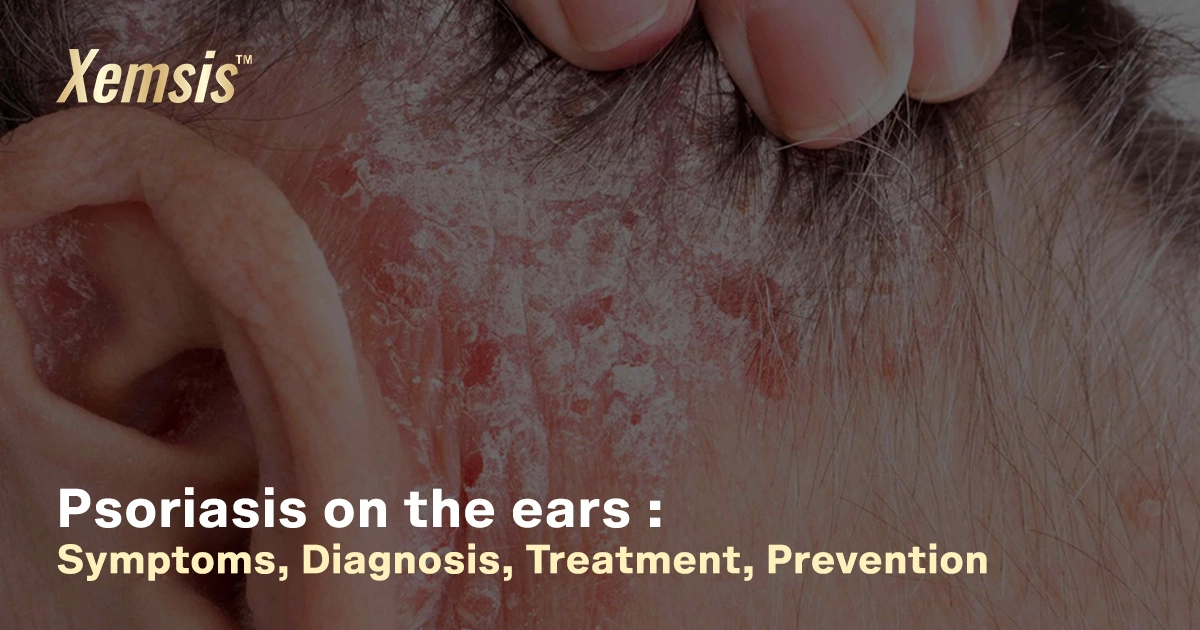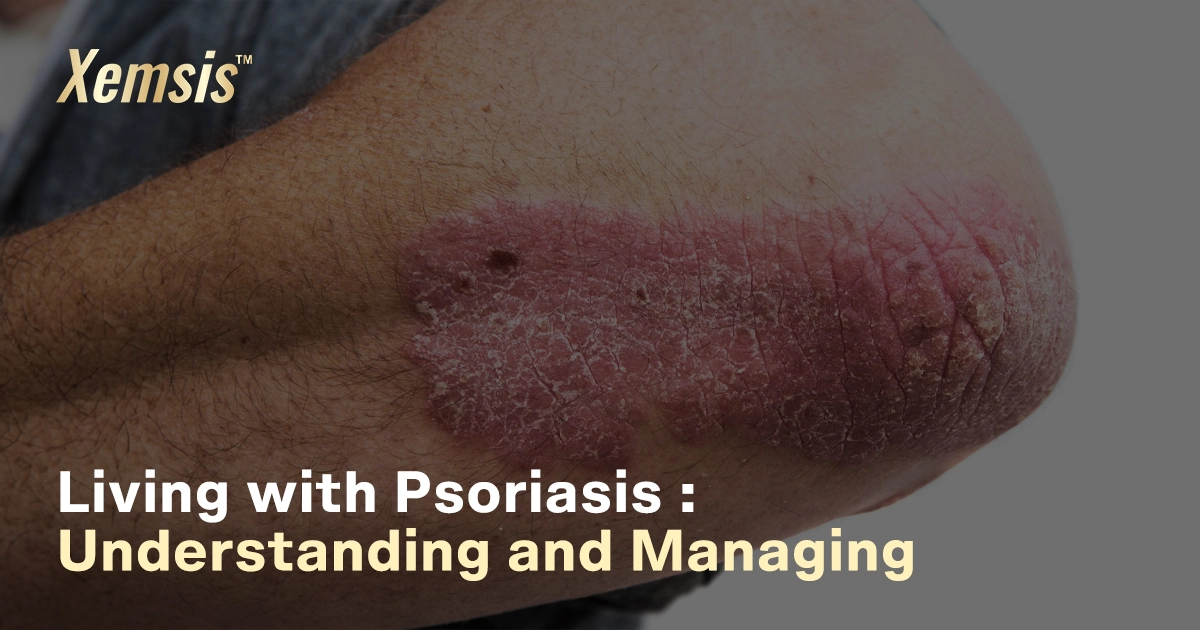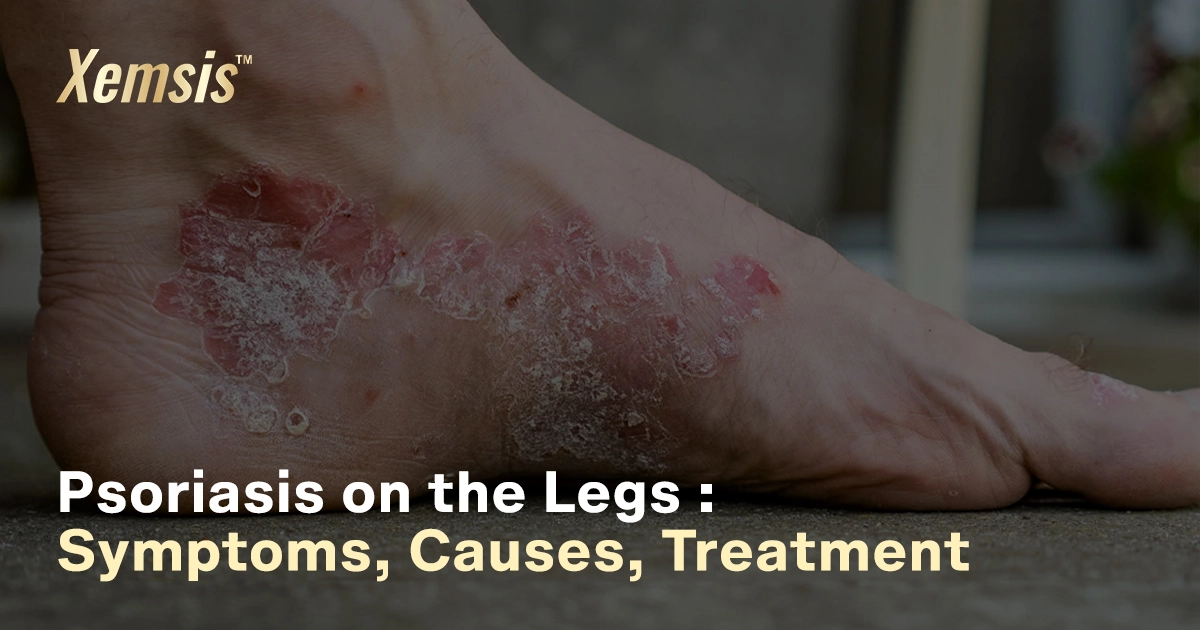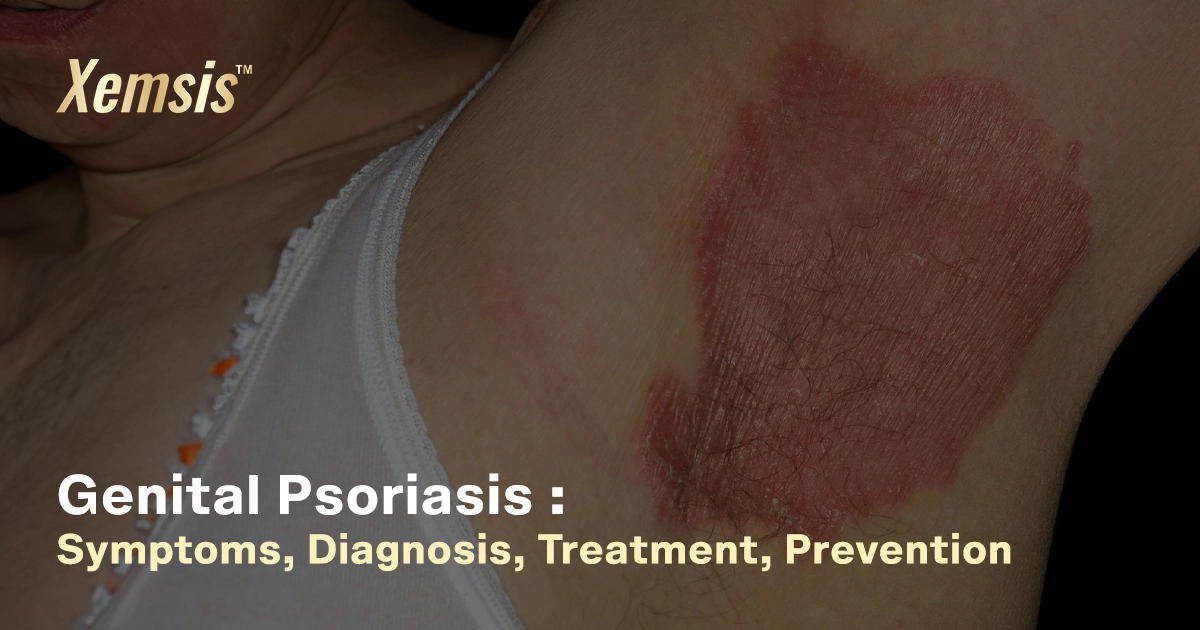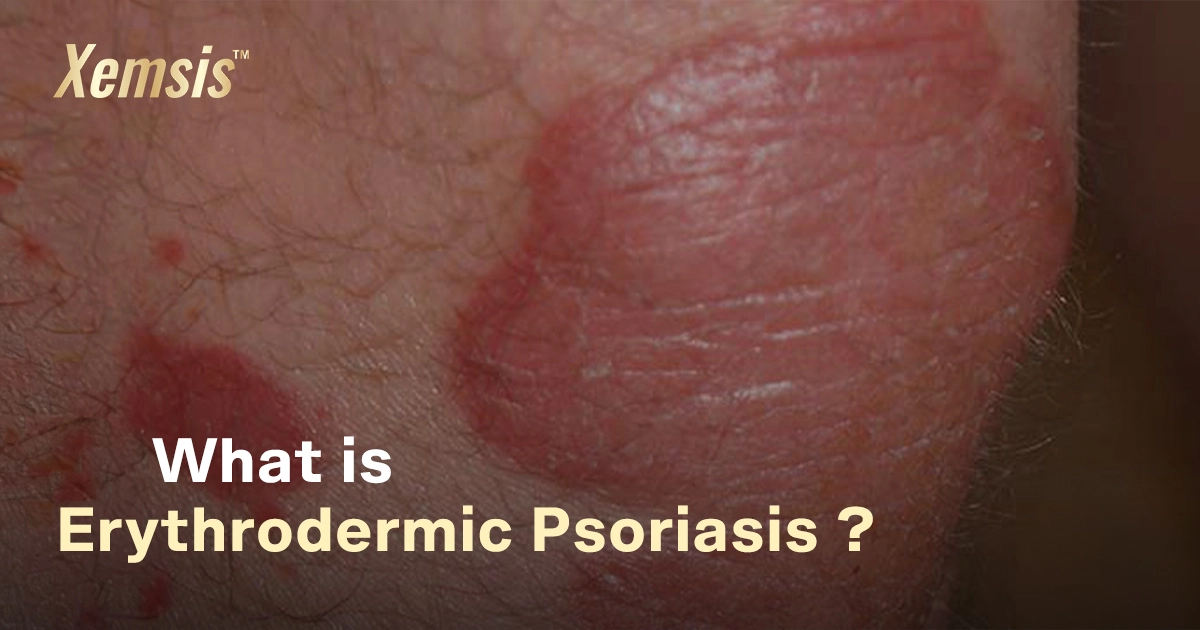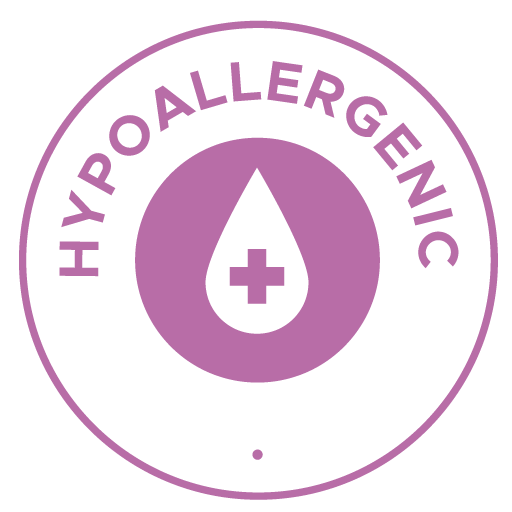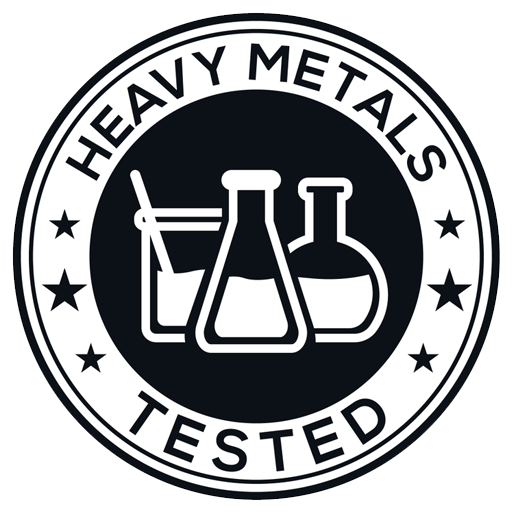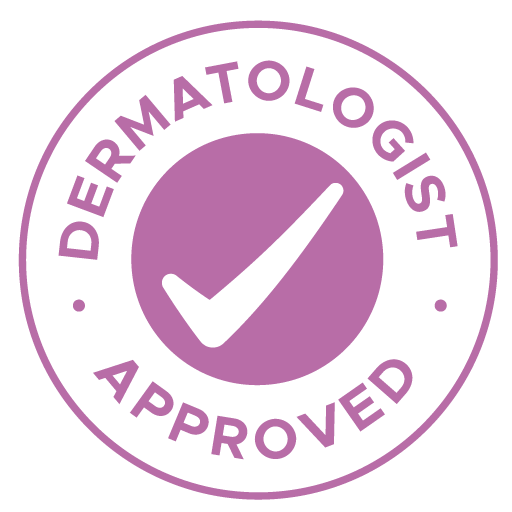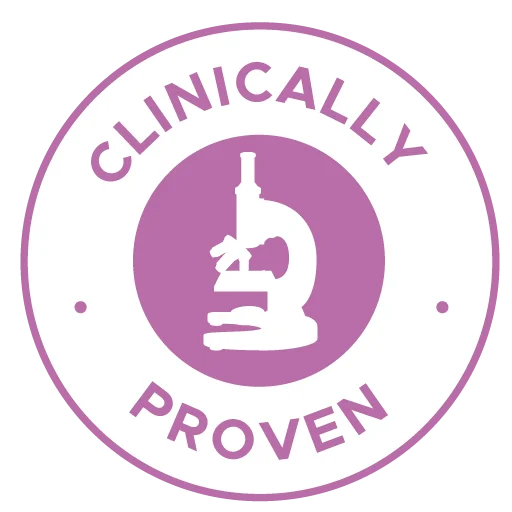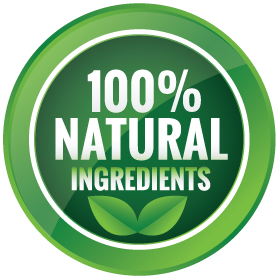Inverse Psoriasis
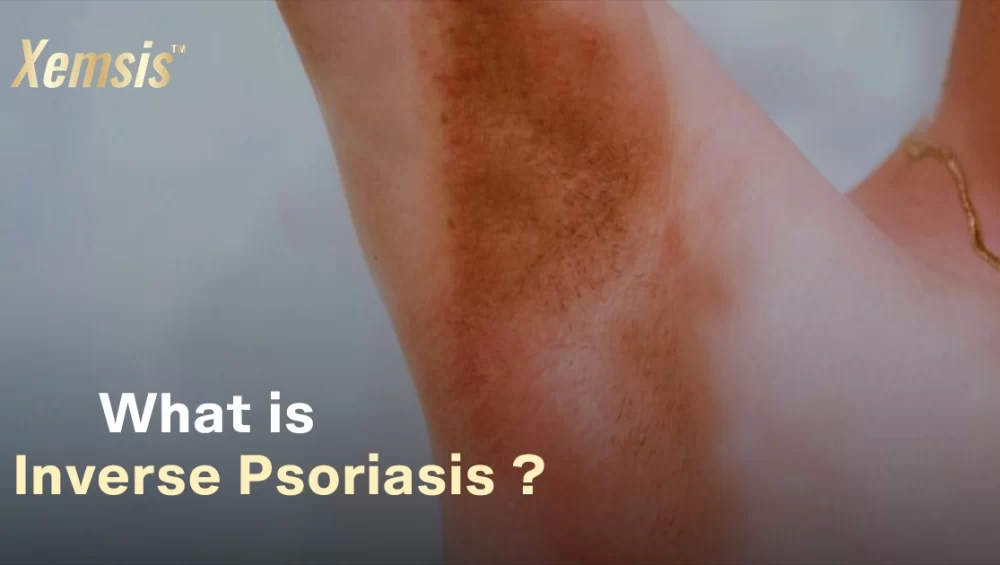
Inverse psoriasis, also known as intertriginous or flexural psoriasis, is a chronic auto-immune condition that causes reddish, shiny, and itchy rashes on skin folds where the skin rubs against each other, like armpits and groins. People often refer to this condition as hidden psoriasis because our clothes usually cover the skin folds.
Overview
What is Inverse Psoriasis?
Inverse psoriasis is a type of psoriasis that appears in the areas where the skin rubs against each other, including:
- Armpits
- Belly button and belly folds
- Below the breasts
- Groin
- Around genitals
- Between buttocks
- Abdomen
- Neck folds
This condition is quite challenging, as the skin fold areas are sensitive. Because of the location, this condition may trigger yeast, fungal, or bacterial infections in affected areas. It also causes discomfort during sexual activities.
Symptoms
Symptoms of inverse psoriasis include:
- Smooth and shiny, discolored rashes in red, brown, purple, or pink according to the skin color.
- Fissures (cracks) in genital regions
- Excess itching in the affected areas
- Rashes that are moist and damp
- Foul smell in affected regions
- Swelling
- Soreness when touched
- Irritation due to sweating
- Inflammation.
These symptoms are usually painful and may bleed as the skin folds are very tender and sensitive. This condition of inverse psoriasis is complicated and challenging, which hurts the quality of life.
Causes
Inverse psoriasis is categorized as an immune-mediated disorder, so its exact cause has not been found yet. However, after getting affected by the condition, it causes the immune system to overreact, which leads to the rapid production of new skin cells. For a healthy person, the skin cells usually shed and grow every 30 days. But for people with inverse psoriasis, these new skin cells grow rapidly in 3 to 4 days. As the process is very quick, the dead skin cells accumulate on the surface of the skin instead of shedding. These accumulations affect the skin, causing psoriatic rashes. Also, 21–30% of people suffering from other forms of psoriasis develop this inverse psoriasis.
Who does inverse psoriasis affect?
Inverse psoriasis can affect people of any age, but adults are more likely to be affected as immune systems get weaker as people get older.
Also, inverse psoriasis can be triggered in people with:
- Genetics of family members with psoriasis
- Skin injuries like cuts, wounds, or scrapes
- Excess stress and tension
- Overdosage of certain high-dose medications
- The habit of smoking tobacco products
- Excess fat and obesity
- The habit of consuming excess alcohol
- Skin infections from bacteria, fungus, or yeast
Difference between psoriasis and inverse psoriasis?
Factors | Psoriasis | Inverse Psoriasis |
Condition | Psoriasis is an auto-immune disease where the body’s immune system attacks its cells, mistaking them for foreign cells. | Inverse psoriasis is the same auto-immune disease as a type of psoriasis. But its many characteristics differ from those of psoriasis. |
| Forms | It is a common form that has many types and affects various parts of the body. | This is a type of psoriasis that primarily affects the skin folds. |
| Causes | Not scientifically proven yet, but may be triggered by various factors. | Not scientifically proven yet, but may be triggered by various factors. |
| Symptoms | It usually causes reddish and slivery scaly plaque that is thick and inflamed. The affected areas experience excess itching, burning, and swelling. | Despite being a type of psoriasis, this condition occurs in the skin folds that are usually moist. The affected areas will have rashes that are shiny, smooth, and more prone to irritation. |
| Common Areas | As a common form of all types, it can occur in any part, like the scalp, joints, nails, or lower back. | It occurs only in the skin folds, where the skin rubs against each other. Common areas are the buttocks, armpits, groins, neck folds, and under breasts. |
| Triggers | Stress, skin injuries, infections, and high-dosage medications are the most common triggers. | It can also be triggered by the triggers of psoriasis, but being in skin folds, sweating, and friction in skin folds trigger this condition the most. |
| Mostly Affects | This can affect people of any age, but it mostly occurs in people aged 15–35. | This condition mostly affects older adults who have a weaker immune system. |
| Complications | In the worst case of this condition, psoriasis may develop into psoriatic arthritis, which causes the loss of affected bones and may become life-threatening if not diagnosed properly. | This condition may allow various other infections from bacteria, viruses, fungi, or yeast. |
How does inverse psoriasis impact daily life?
- As this condition occurs in sensitive areas of the skin, it causes discomfort even during routine physical activities like walking and driving.
- Wearing our favorite clothes of our choice cannot be done as tightly, and certain fabrics may worsen the condition.
- Affecting sensitive areas of skin, people with this condition may feel low self-esteem and embarrassment.
- The chronic nature of this condition may lead to anxiety and stress for the affected people.
Management and Treatment
Can inverse psoriasis go away?
Inverse psoriasis is a chronic condition that has no scientifically proven cure. The affected people may experience the symptoms disappearing and flaring up again. A doctor’s prescription may provide relief from the symptoms.
What medications or treatments are used?
- Topical Medicines: If you have mild rashes, doctors provide effective ointments like xemsis, lotions, or corticosteroid creams that reduce swelling and inflammation.
- Oral Drugs: If your rashes are a little severe, doctors may provide medications containing acitretin, methotrexate, or apremilast that are effective in treating the symptoms. These medications may have complex dosages and side effects. So doctors may recommend avoiding some food types. It’s crucial to follow their guidelines.
- Injections: If your symptoms are severe and painful, doctors may recommend biological treatments or injections like adalimumab, etanercept, or infliximab. These injections may reduce the pain and severity of the condition.
- Phototherapy: If your inverse psoriasis symptoms are very severe, doctors may recommend this phototherapy treatment. This treatment involves the process of passing ultraviolet lasers to your affected areas. The process is complex and may have some side effects. It is recommended only for severe cases of psoriasis.
Home Remedies and Prevention
- Bathing in oatmeal mixed with lukewarm water provides relief from irritation caused by inverse psoriasis. However, the bathing time should be limited, as showering too long will inflame the affected skin more.
- Use mild soaps recommended by your doctor.
- Wear loose, cotton clothes that allow the affected areas to breathe.
- Apply pure coconut oil along with your ointments to keep the skin hydrated and reduce inflammation.
- You can ask your doctor to prescribe medicinal powder so that it can be used in the affected areas of skin folds to absorb the moisture.
- Engage in physical activities and avoid stress.
- Follow a healthy lifestyle and keep your surroundings free from dirt and microbes.
- Applying pure turmeric paste to the affected areas helps reduce inflammation, as turmeric has rich anti-inflammatory properties.
- Patients with inverse psoriasis have a higher risk of developing other complications like diabetes, cardiovascular problems, obesity, or stroke. So these patients must keep in touch with doctors regularly.
Conclusion
Inverse psoriasis is a long-lasting condition that comes and goes throughout life. Affecting sensitive areas, this type of psoriasis impacts the quality of life. Treatments and medications work in stages to relieve you of the condition. Consistency in following the doctor’s guidelines and keeping hope is the best option to overcome this psoriasis.
Reference
- WebMD: https://www.webmd.com/skin-problems-and-treatments/psoriasis/inverse-psoriasis
- National Psoriasis Foundation: https://www.psoriasis.org/inverse-psoriasis/
- Healthline: https://www.healthline.com/health/inverse-psoriasis
- Medical News Today: https://www.medicalnewstoday.com/articles/314259
- National Library of Medicine: https://www.ncbi.nlm.nih.gov/pmc/articles/PMC6997231/
- Cleveland Clinic: https://my.clevelandclinic.org/health/diseases/22852-inverse-psoriasis

Rakhul Mathivanan, a writer and filmmaker, focuses on creating innovative and unique content through directing short films, writing scripts, blogs, articles, case studies, and website content. He loves to watch movies, read books, listen to music, and travel. He has also had expertise in the field of writing and filmmaking for over a year and works closely with Xemsis by providing them with well-researched blogs about psoriasis.

